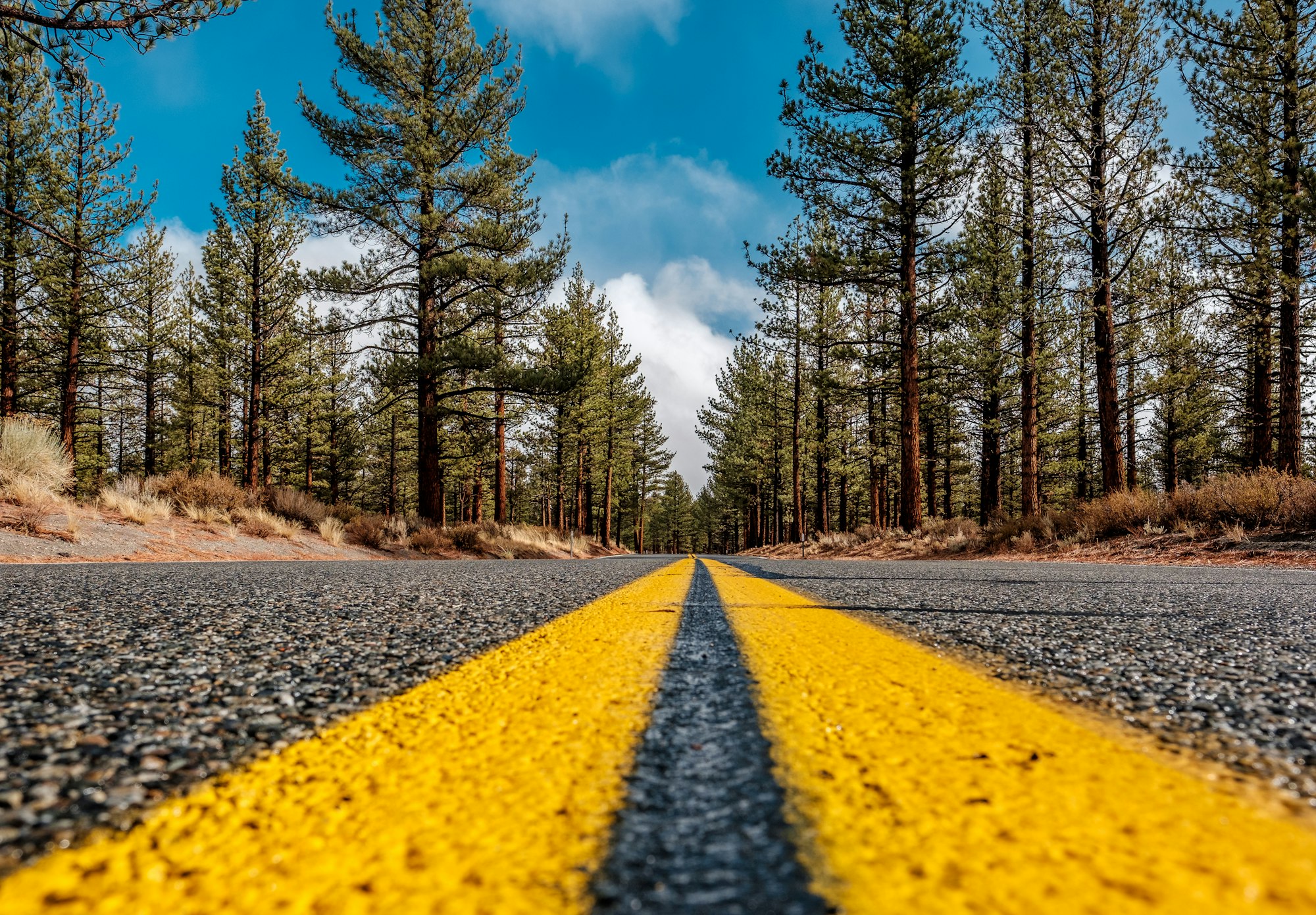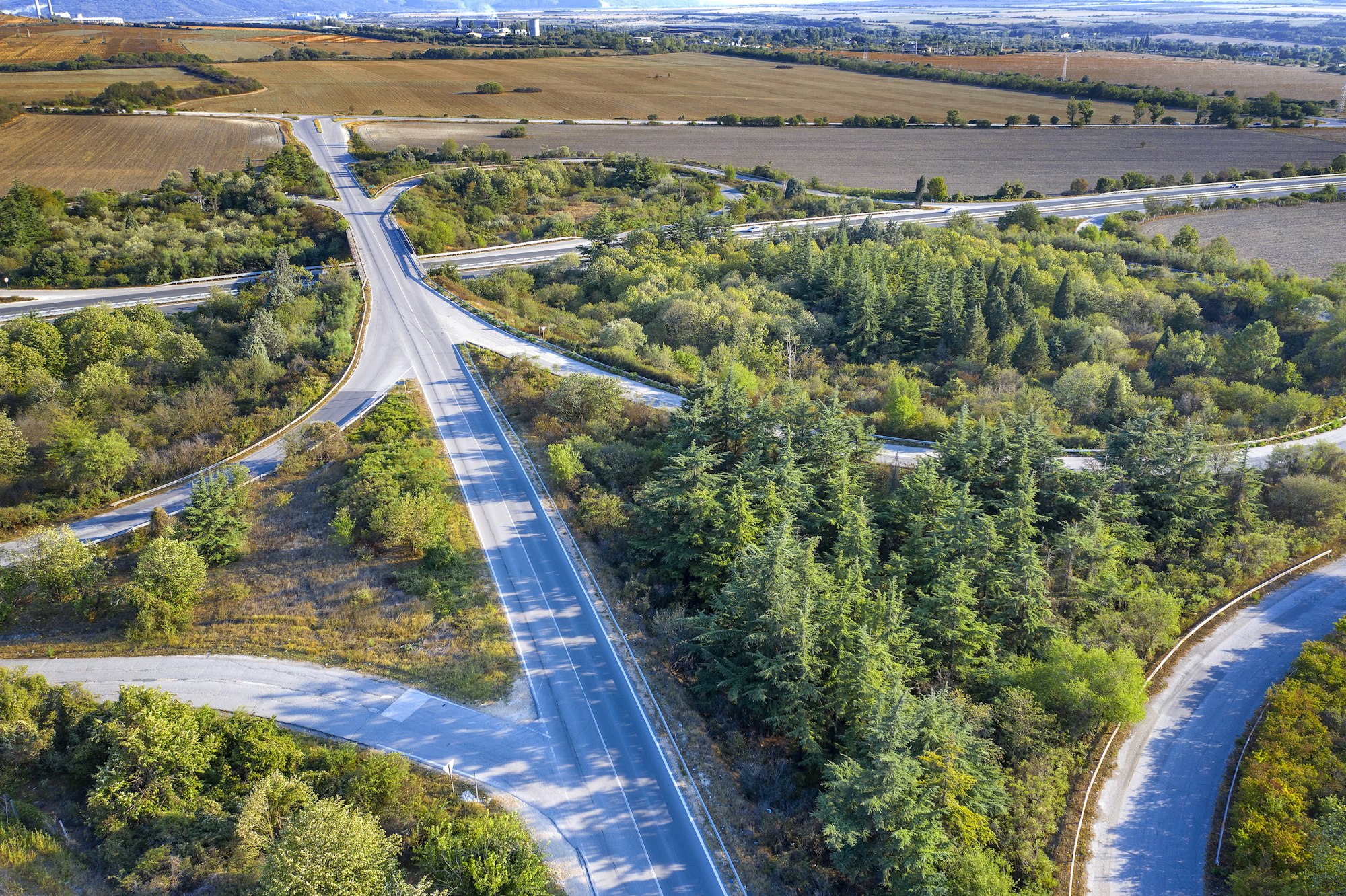California’s concrete jungle can’t save us from the harrowing effects of deforestation
Over the last couple of weeks, rain from a Pacific storm fueled by tropical moisture deluged California’s capital. While it may appear that rain should bring relief to a state suffering from a record drought, the situation is really far more complicated.

Enjoy Some Hands on Experience
At Ferme, it’s a chance for you and your partner to spend time looking after our calves, tending to the flock of sheep (and lambs if you time it right!), drive tractors, and enjoy some exclusive time away

Need for New Infrastructures
Since last December, the state has received rainfall totals that are 400% to 600% above average. This kind of precipitation would certainly be overwhelming in virtually any region, especially one that has been so parched by years of drought. However, considering how few places the floodwaters can go once they have fallen from the sky, the intensity of the flooding in California’s cities shouldn’t come as a surprise.
The Search for Solutions
At the very least, California is aware of the issue, and numerous significant cities are striving to undo the damage that building a concrete jungle has caused. Notably, Los Angeles has made significant investments in stormwater collection projects, which include building dirt basins that let rainwater soak underground for later use. And as Wired noted in a previous article, “urban planners are increasingly thinking of cities less as rain jackets—designed to whisk water away as fast as possible before it has a chance to accumulate—and more as sponges” The use of so-called pervious pavers, which are set with gaps to allow water to be filtered and absorbed rather than run off into rivers and cause them to overflow
